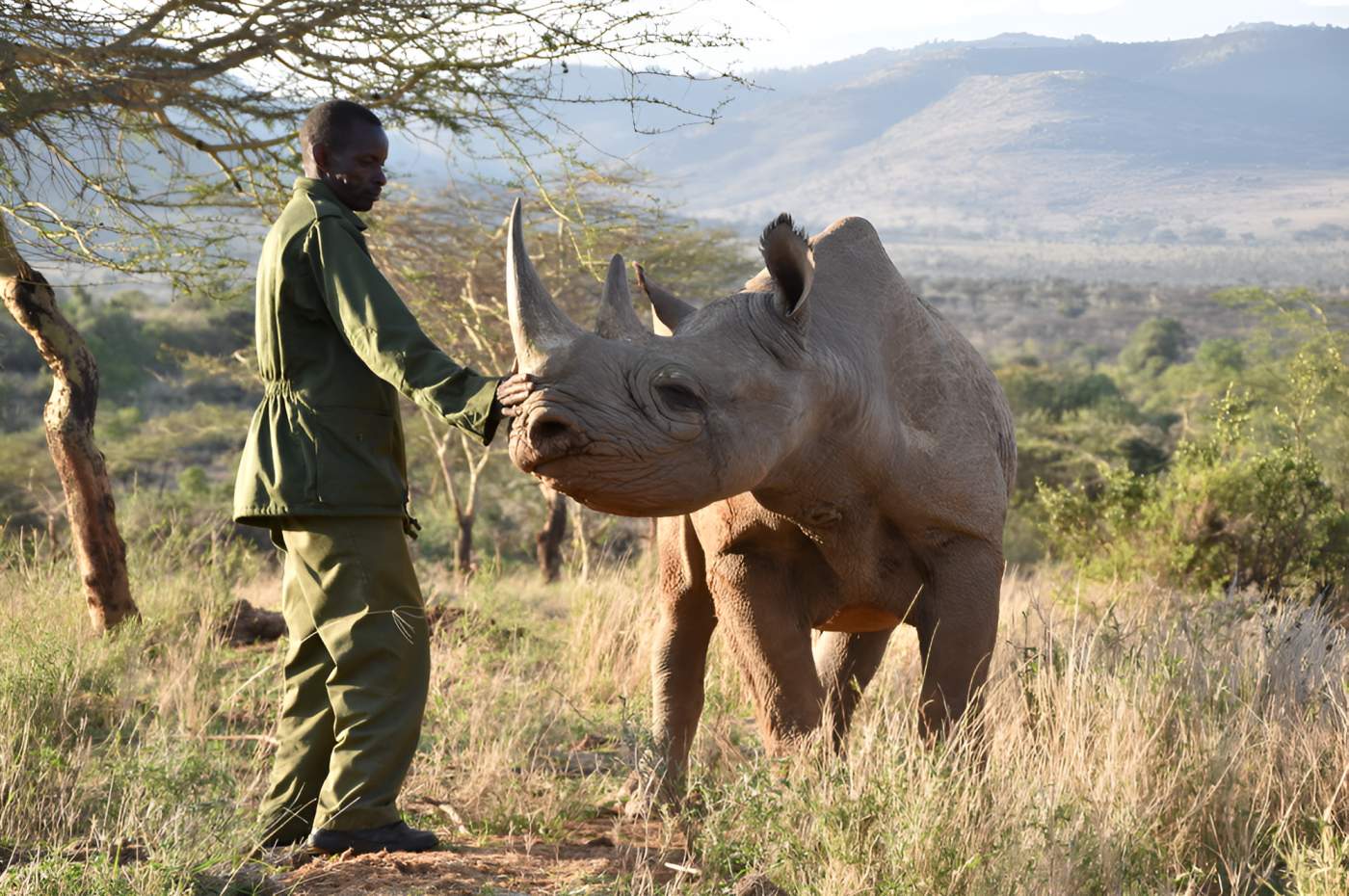Kenya’s Rhino population climbs to 2,100 after four years of growth

According to the Economic Survey 2025, the total number of rhinos rose from 1,603 in 2020 to 2,100 in 2024.
Kenya has recorded a steady growth in its rhino population, with 497 more rhinos counted over the last four years, a new government report has revealed.
According to the Economic Survey 2025, the total number of rhinos rose from 1,603 in 2020 to 2,100 in 2024.
The report attributes this 31 per cent increase to continued conservation efforts and increased protection of endangered species.
"In the year 2020, the black rhinos were at 853 while for southern white rhinos they were at 750," the report reads in part.
"For the Black Rhino and the Southern White Rhino, their population increased to 1,059 and 1,041, respectively, in 2024."
While rhino numbers saw a notable rise, the report shows that most other wildlife species recorded stable populations over the same period.
These include elephants, hirola antelope, mountain bongo, spotted hyenas, lions, cheetahs, African wild dogs and leopards.
Conservation groups and wildlife experts have welcomed the growth, pointing to years of targeted efforts to protect and monitor rhinos.
On January 16, 2025, Save the Rhino International noted that the translocation of 21 black rhinos to a new population in Laikipia in February 2024 was a key step in this progress.
They said this operation played a role in increasing the population and praised the teams on the ground.
"Rangers played a crucial role in protecting rhinos, making a significant commitment to safeguarding them," the organisation said.
In another major operation, the Kenya Wildlife Service (KWS) carried out an initiative on February 25 in the Maasai Mara Conservancy to ear-notch and fit transmitters on 17 endangered black rhinos.
This was part of a wider strategy to improve monitoring and protection of rhinos in the wild.
The effort was carried out in partnership with several conservation organisations, including the Maasai Mara Conservancy, Wildlife Research Training Institute (WRTI), and 51 Degrees.
KWS said the mission brought together skilled teams with strong dedication and a clear focus on safety and coordination.
"With the support of trained professionals, pilots and drivers, the team demonstrated remarkable dedication to the cause, following the three guiding principles of discipline, safety and teamwork," KWS said.
Other partners involved in the effort included The Sheldrick Wildlife Trust, Safari Collection, Asian Wildlife Foundation, The Footprint Foundation, and the Maasai Mara National Reserve under the leadership of Chief Warden Stephen Minis.
The continued collaboration between state agencies and private conservation groups is seen as a driving force behind Kenya’s progress in protecting endangered species like rhinos.
With more targeted actions planned, conservationists remain hopeful that the population will keep growing in the coming years.
